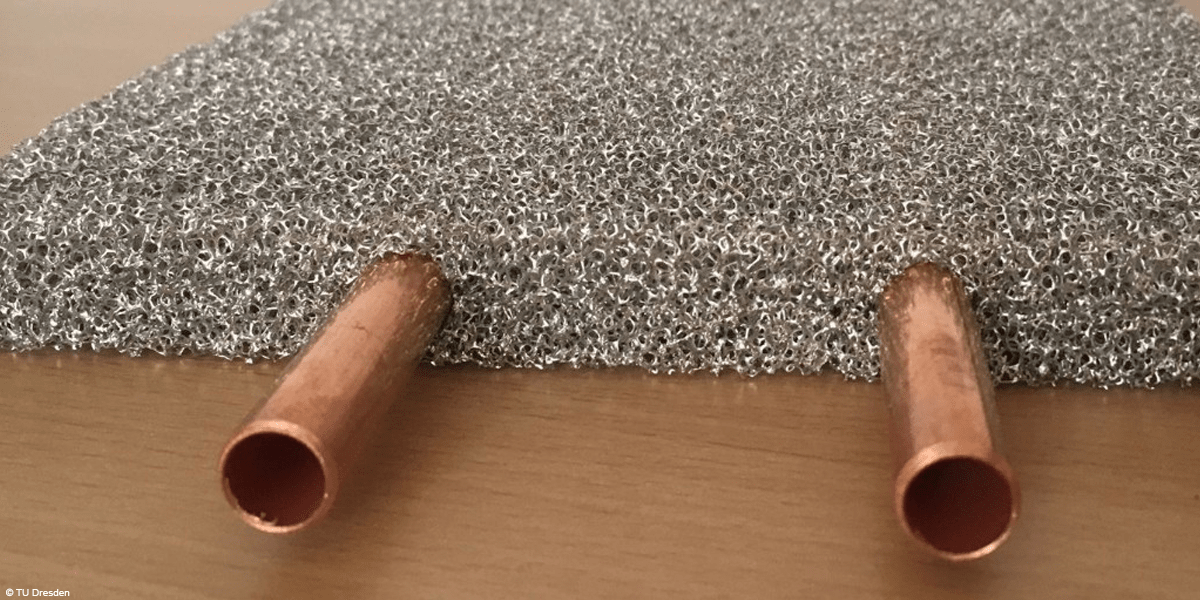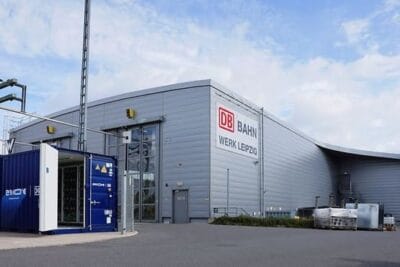Fraunhofer IFAM is developing hydrogen trains
Fraunhofer IFAM is working with partners on a new approach to increasing the range and comfort of fuel cell-powered trains. The central idea here is to effectively utilise the fuel cell waste heat for temperature control of the vehicle interior.
Research on the topic is being bundled in the three-year ‘Heat2Comfort’ project, which will run until February 2024 and is funded by the German ministry BMWi. Fraunhofer IFAM states that better utilisation of fuel cell waste heat could increase the minimum range of fuel cell multiple units by 20 per cent and at the same time increase passenger comfort from both a thermal and acoustic perspective. Further, “the aim is to cover both heating and air-conditioning requirements with the waste heat from the fuel cell.” In summer operation, an absorption heat pump is to be supplied with the waste heat from the fuel cell to generate air-conditioning.
In addition to the Dresden-based Fraunhofer Institute for Manufacturing Technology and Applied Materials Research, Hörmann Vehicle Engineering GmbH, Wärmetauscher Sachsen GmbH and the Institute of Air Handling and Refrigeration Gemeinnützige Gesellschaft mbH are working on the new approach to waste heat utilisation. The partners are also supported by DB Systemtechnik GmbH, DB RegioNetz Verkehrs GmbH and Energieanlagenbau GmbH Westenfeld.
The aim of the project partners is that the electricity from the fuel cell can be used purely for propulsion and no longer needs to be used for air conditioning. According to the Fraunhofer Institute, today’s vehicles require up to 25 per cent of the total energy demand for air conditioning in the passenger compartment and driver’s cab. Therefore, the efficient use of the available fuel-cell waste heat is an important factor in increasing the range.
Specifically, the researchers within the project are concerned with the coupling of the heat source, i.e. the fuel cell, with the various heat uses in absorption refrigeration and space heating. According to the Fraunhofer Institute’s statement, this is done via PCM storage units in which fibre structures are used to adjust the storage capacity.
The Energy and Thermal Management business unit at Fraunhofer IFAM Dresden contributes its expertise in the thermal and fluidic development of components to the “Heat2Comfort” project. Extensive experience in mathematical modelling and experimental validation of flow, heat and mass transfer processes is also being added. In addition, findings from the recently completed “Hybrid-FHKL” project, in which hybrid heating and cooling surfaces with room air conditioning were developed and investigated for building technology, are to be utilised. “The use of cellular metals to generate uniform surface temperatures is a central question that is also relevant in “Heat2Comfort,” the institute informs.
The project budget totals 2.96 million euros, with the Federal Ministry of Economics covering 63 per cent of this sum through funding.





0 Comments